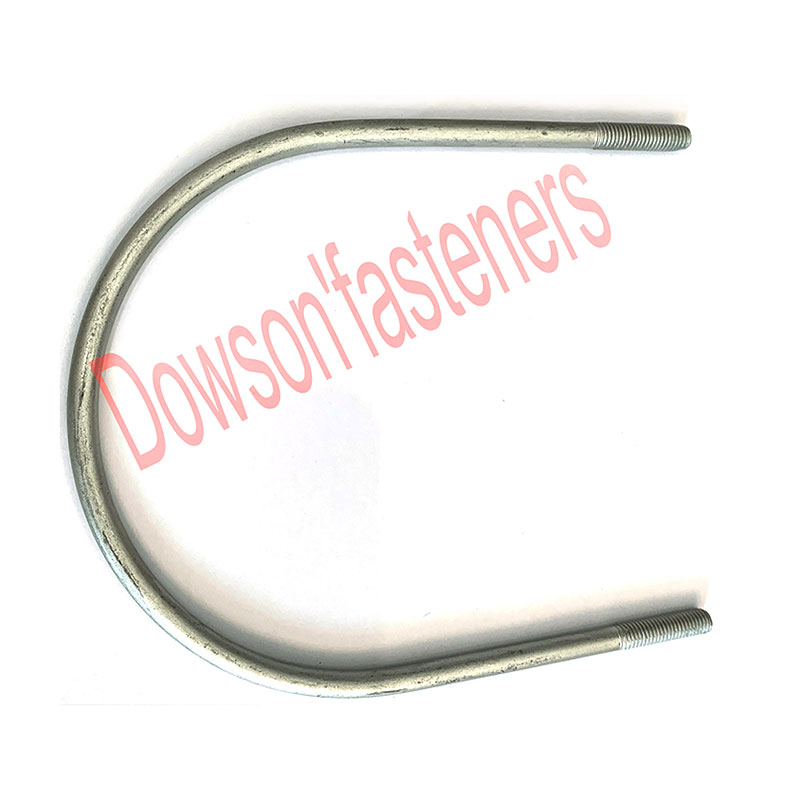Unraveling the Threads: Hex Cap Screws vs. Hex Bolts
2023-12-21
Introduction:
In the world of fasteners, precision and terminology matter. Among the key players in this realm are hex cap screws and hex bolts—two types of fasteners that share similarities but serve distinct purposes. In this blog post, we'll unravel the threads and explore the characteristics of hex cap screws, shedding light on how they differ from their close counterparts, hex bolts.
Hex Cap Screws Unveiled:
1. Hexagonal Head Design:
Much like hex bolts, hex cap screws are characterized by their hexagonal (six-sided) head design. This shape allows for easy engagement with tools like wrenches or sockets, providing a secure grip during installation or removal.
2. Threaded Shaft:
Hex cap screws feature a fully threaded shaft, extending from the head to the tip. This threading ensures that the entire length of the screw can be engaged and secured when threaded into a corresponding nut or threaded hole.
3. Precision Engineering:
Hex cap screws are known for their precision engineering. They are manufactured to tight tolerances, ensuring consistent and accurate dimensions. This precision makes hex cap screws suitable for applications where a snug and secure fit is essential.
4. Material Variety:
Hex cap screws are crafted from a variety of materials, including stainless steel, carbon steel, and alloy steel. The choice of material is often dictated by the specific requirements of the application, such as the need for corrosion resistance or high tensile strength.
5. Common Finishes:
Similar to hex bolts, hex cap screws may undergo various finishes to enhance their durability and corrosion resistance. Common finishes include zinc plating, galvanization, and coatings designed to withstand harsh environmental conditions.
Hex Cap Screws vs. Hex Bolts: What Sets Them Apart?
1. Thread Length:
One of the primary distinctions between hex cap screws and hex bolts lies in their thread length. Hex bolts typically have a partially threaded shaft, leaving an unthreaded section beneath the head. In contrast, hex cap screws have a fully threaded shaft, providing consistent threading from the head to the tip.
2. Applications and Load-Bearing Capacity:
Hex cap screws are often favored in applications where precise threading and a fully engaged grip are crucial. Their fully threaded design allows for greater flexibility in adjusting the position of connected components. Hex bolts, with their partially threaded shafts, are commonly used in situations where a portion of the bolt remains unthreaded, providing a shoulder that can bear loads.
3. Assembly Considerations:
Hex cap screws are ideal for applications where the entire length of the fastener needs to be threaded into a nut or tapped hole. This can be advantageous in scenarios where adjustability and alignment are key factors. Hex bolts, with their partially threaded design, are suited for scenarios where a smooth unthreaded section provides stability and support.
4. Availability of Grades:
Both hex cap screws and hex bolts are available in various grades, indicating their strength and material properties. The choice of grade depends on the specific requirements of the application, such as the need for high tensile strength or corrosion resistance.
Conclusion:
While hex cap screws and hex bolts share a common hexagonal head design, their differences lie in the thread length, applications, and load-bearing capacities. The choice between the two depends on the specific requirements of the project or application. As integral components in the world of fasteners, hex cap screws and hex bolts play distinct roles, ensuring that structures, machinery, and various components are securely and precisely connected.



